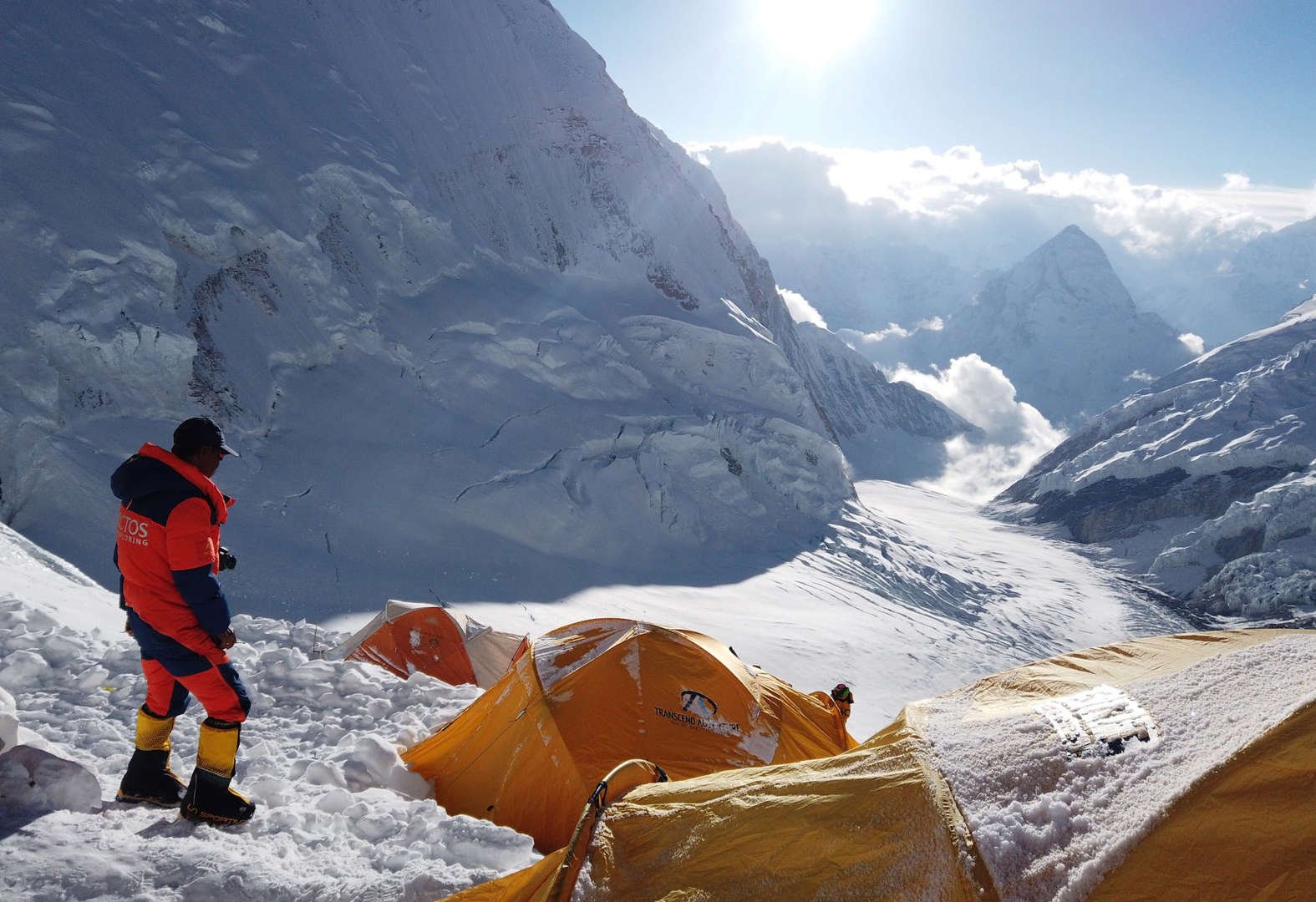
Guide Pemba Dorjee at a camp on the way to the summit of Everest.
According to Business Insider on May 13th, seeing bodies along the climbing route to the summit of Everest is not uncommon, and the unfortunate victims have to remain there because bringing them down is too dangerous and expensive.
"I couldn't believe what I saw there. Death, scenes of death, chaos, long lines of people, corpses by the roadside," according to Everest filmmaker Elia Saikaly.
In the spring of 2019 alone, seven people died while climbing Everest. In 2015, an avalanche killed at least 19 people. More recently, two people died while climbing Everest last spring.
Four deaths have already occurred since the start of the 2023 Everest climbing season, while it is expected to be the busiest year ever. Last month, three Nepalese guides died while trying to attach ropes for others to climb. On May 2nd, an American died on the way up the mountain.
Nepal has issued a record 463 permits to people wishing to climb Mount Everest. Along with guides, this will bring the total number of people attempting to conquer the 8,849-meter peak this year to around 900.
Bringing bodies down is very difficult. The cost can reach $70,000 and sometimes even results in fatalities. In 1984, two Nepalese died while trying to bring the body of a mountain climber down. As a result, bodies are often left on the mountain.
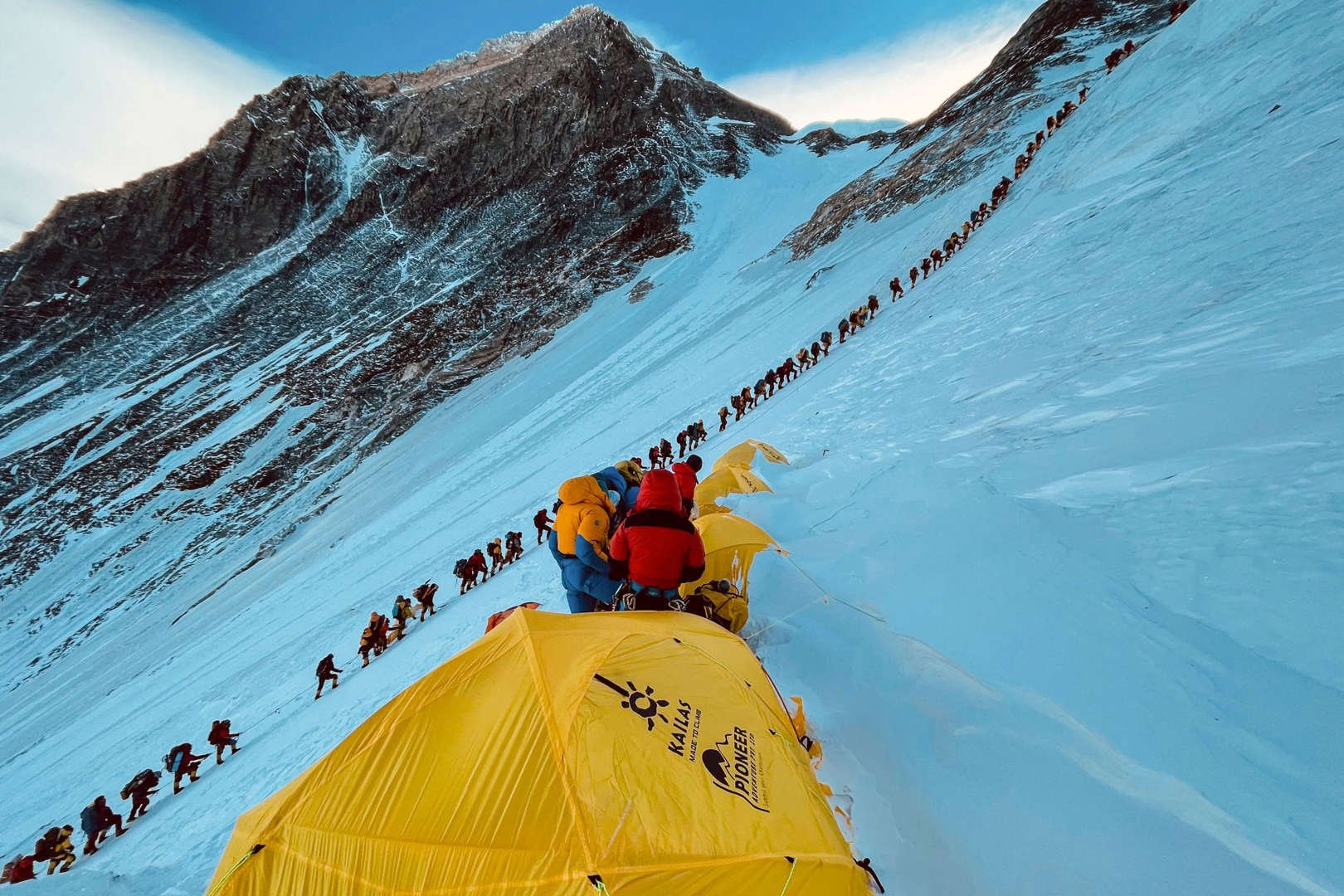
Crowds of people climbing Mount Everest in 2021
Everest climber Alan Arnette said that bringing the bodies down was costly and risky, as well as extremely dangerous for the guides.
"What they have to do is approach the body, then they usually put it on the sled, but often just a piece of cloth. They tie ropes to it, then they perform a controlled slide of the body," according to Arnette.
Arnette said he didn't want his body to slip away like that, so he signed a "body disposal" form before climbing Everest. According to the form, his body had to be laid to rest on the mountain should he die during the trip.
'Incompetence' causes deaths on Mount Everest
Some climbers argue that the increased death toll is partly due to overcrowding, which could have been prevented. Some complain about the dangers of congestion in the "death zone" at altitudes above 8,000 meters, where the air is thin and many people have to wear oxygen masks.
Source link











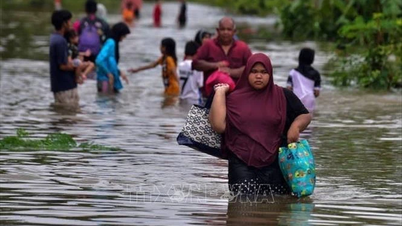

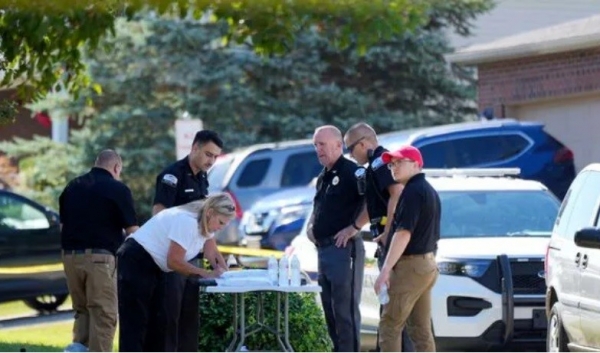


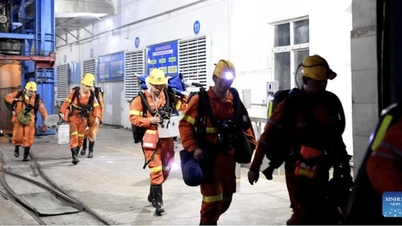
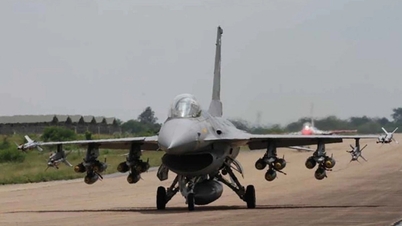

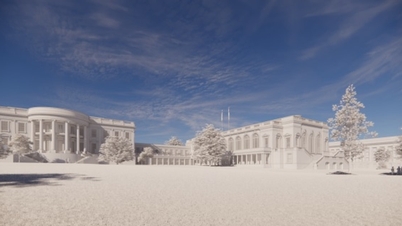

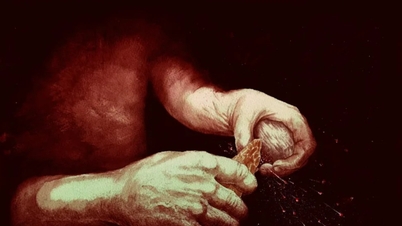




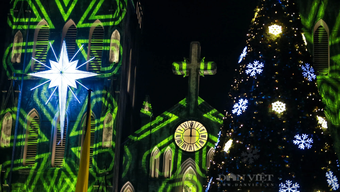




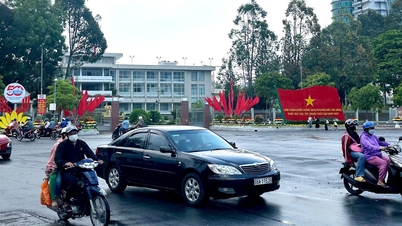




















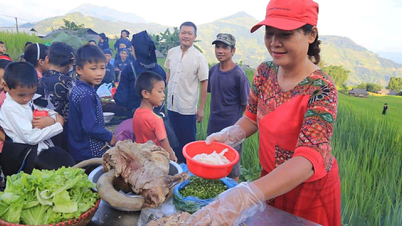











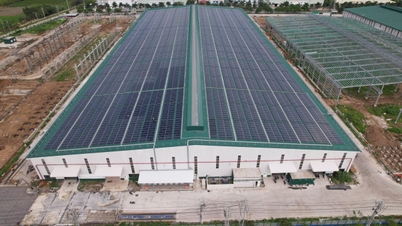



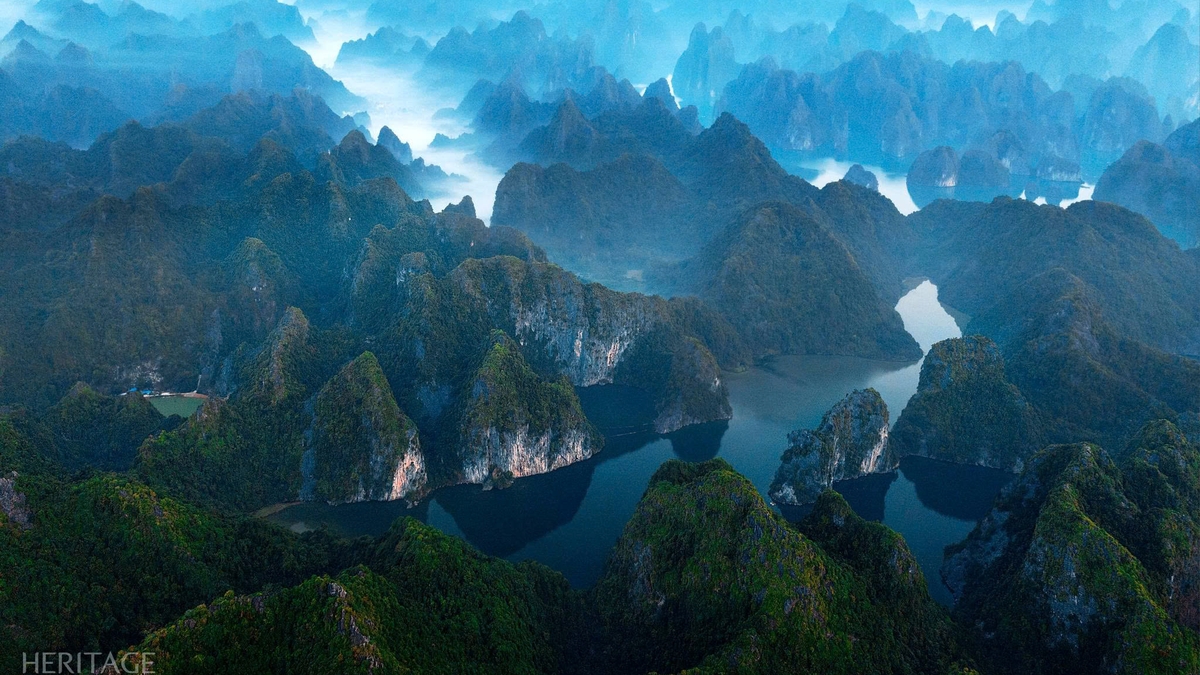






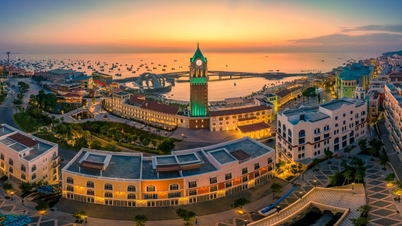



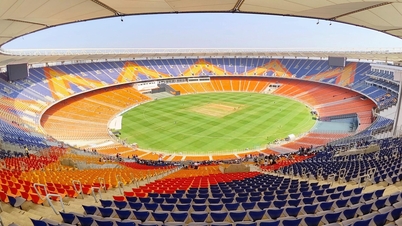

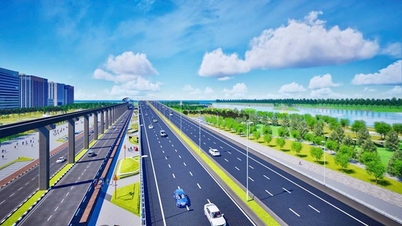
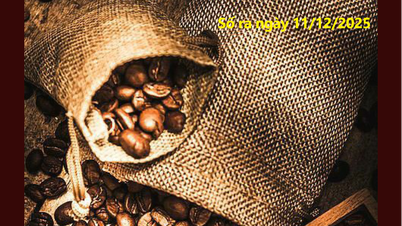

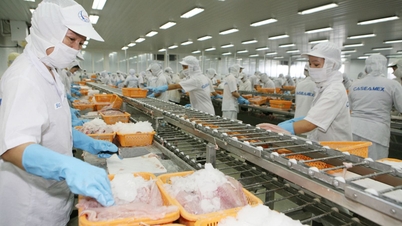






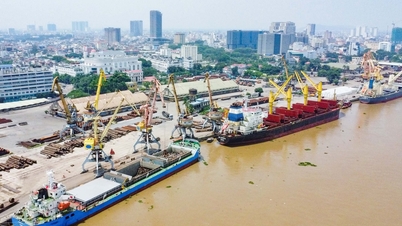

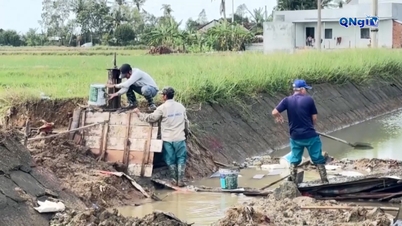



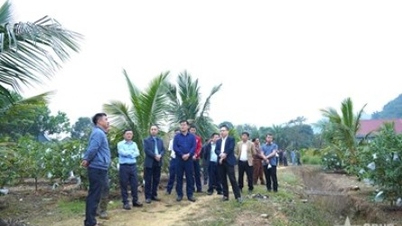

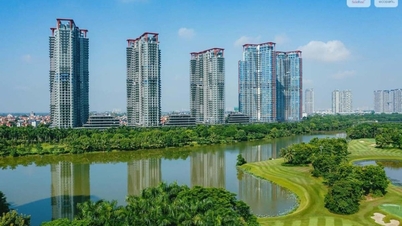









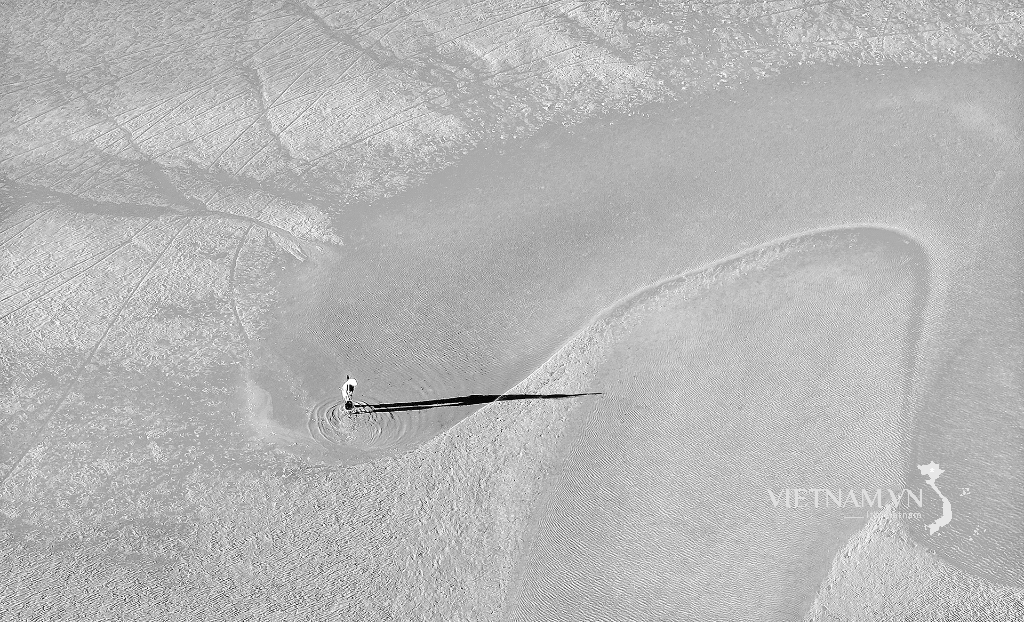
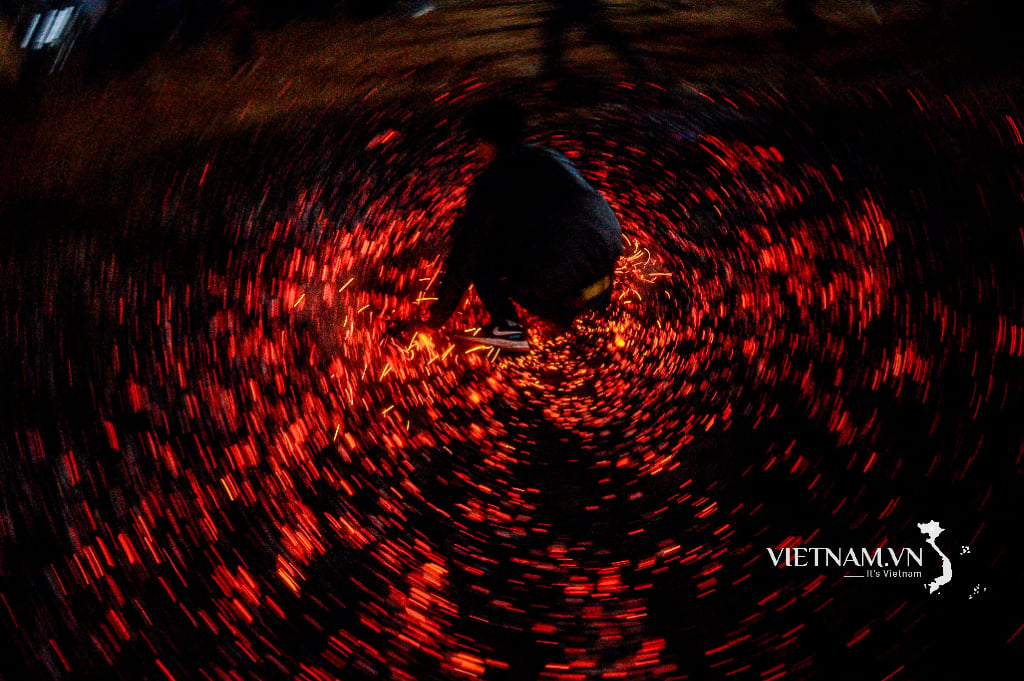


Comment (0)